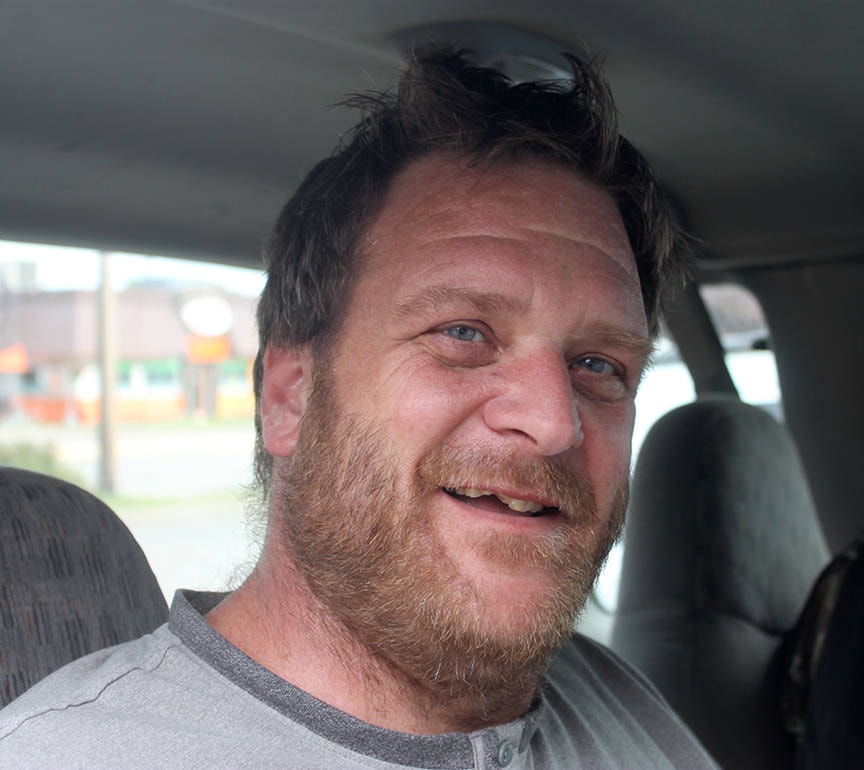The Lakes District Hospital in Burns Lake hasn’t had a wound care nurse since April.
A nurse who specialized in wound care was in Burns Lake until early April, but left when her contract came to an end, as Eryn Collins, spokesperson for Northern Health told Lakes District News.
“But provision of wound care is not reliant solely on the physical presence of a nurse with the specialty, in the community,” Collins said.
“Primary care nurses across the region, including Burns Lake, have access to and are competent in a variety of wound therapies. They have access to regional programs to reach out for support and consultation with regional skin and wound care clinicians with the Prince George (UHNBC) Ostomy Clinic, and Skin and Burn Unit.”
The availability last February of only one wound care nurse in Burns Lake faced criticism after one resident said he couldn’t get the daily care he needed with only one such nurse.
But Collins responded at the time that a single wound care nurse could still educate and train other nurses to provide the right treatment.
LOOK BACK: Burns Lake hospital at full staff capacity, official says
Northern Health is currently recruiting for four registered nurses at the Burns Lake hospital, including two in primary care. Collins said the hiring will not exclusively focus on wound care and that primary care nurses “have access to and are competent in a variety of wound therapies.”
Still, even when the wound care nurse was in Burns Lake - and highly appreciated by her patients - her efforts weren’t enough to help Raymond Johnson, whose leg was amputated in June.
The Southside resident broke his back in a work accident in 2000 and took high doses of pain medication for 17 years.
“Now [doctors] realize that high doses of pain meds - if you’re not careful - will causes diabetes. And that’s what happened. All it took was, I got a rock in my boot and with the broken back I had no feeling in my legs, and then 12 hours of working it was like a drill in my big toe.”
The infected wound wasn’t healing and Johnson took several trips to the hospital in Prince George for VAC (vacuum-assisted closure) therapy, a form of treatment that uses device which helps to quickly disinfect wounds.
The Burns Lake hospital doesn’t have a multi-use VAC machine but it can sometimes offer individual-use units. The smaller devices cost about $4,000 for a six week course of treatment. Introduction of the multi-use units - which cost about $22,000 each - depends on several factors including demand, cost and staff competency, and Northern Health has for several months been considering bringing them to Burns Lake.
READ MORE: Specialized wound therapy available in Burns Lake
As of July 17, Northern Health was still exploring the possibility of introducing regular VAC care to the Burns Lake hospital.
“The doctors here were helping out and doing what they could but I had to keep working. I couldn’t take the time off to run back and forth with no work, run back and forth to Prince to do the VAC therapy. And then it continued to get worse. The doctors here all said that if the VAC therapy had been available it [would’ve] helped,” he said.
There was only one time at the Burns Lake hospital where Johnson almost received VAC treatment, with the help of the former wound care nurse.
”It was for someone else but wouldn’t work for them so she was going to try it on me. She tried the pump. [But] it only had a day left of use so we didn’t use it.”
His big toe was amputated on Feb. 9, then more of his foot was taken off in April and finally his right leg was amputated below the knee on June 27.
“My biggest beef with it all is Northern Health. The doctors here, the staff here at the hospital are awesome. They look at me and say ‘We know what to do but we can’t do [VAC therapy]. Northern Health won’t let us. They either won’t allow us to do it for certification purposes or allow us to do it because we’d have to hire more staff. More staff means more money they’ve got to put out.’ Even in Prince George, they discharged me a week early because they just don’t have the room or the staff to keep me in there longer.”
Johnson said he has tried to speak with Northern Health about his concerns, but explained that “anytime you get anywhere high up in Northern Health they’re like ‘we’ll get back to you’ and they never do.”
In response, Collins wouldn’t comment on individual patient cases, but said that patients can discuss concerns of their treatment with the care providers or with the Patient Care Quality Office.
Contrary to what some people might believe about ongoing wound care is that the provincial Medical Services Plan only covers the cost of treatment during the first two weeks of home care.
After that period, “a patient would be responsible for their dressing supplies” such as bandages, said Collins.
There are some exceptions to that, for example when “home care clients come in to the clinic, dressings are provided. But if a primary care nurse attends at their home, the client is expected to provide their own supplies.”
Patients in a palliative care program are also exceptions to that rule.
“That said, care staff do try to stay apprised of any alternative coverage options that they can work with clients to access, if and when coverage or finances are a concern,” Collins added. “[But] eligibility for any such support is not something that is determined by Northern Health.”
Blair McBride
Multimedia reporter
Send Blair an email
Like Lakes District News on Facebook
